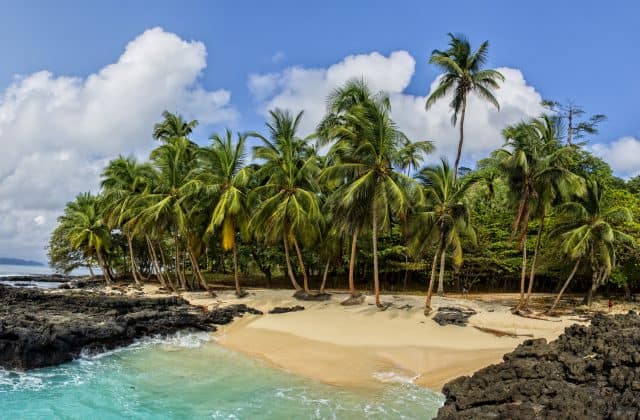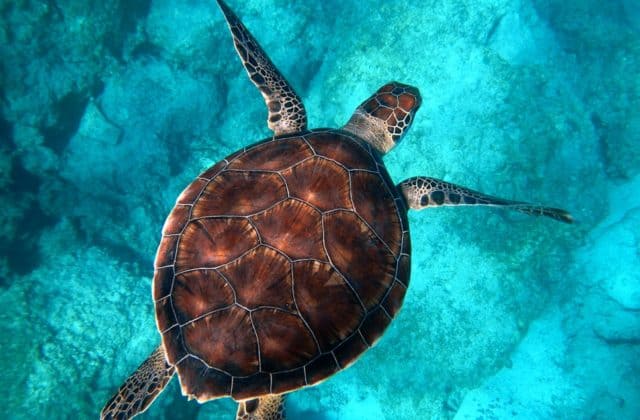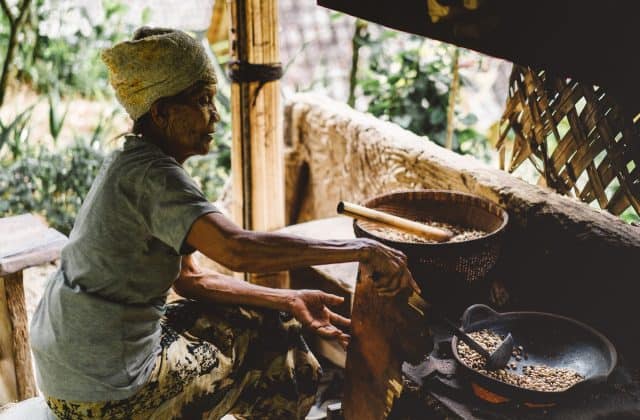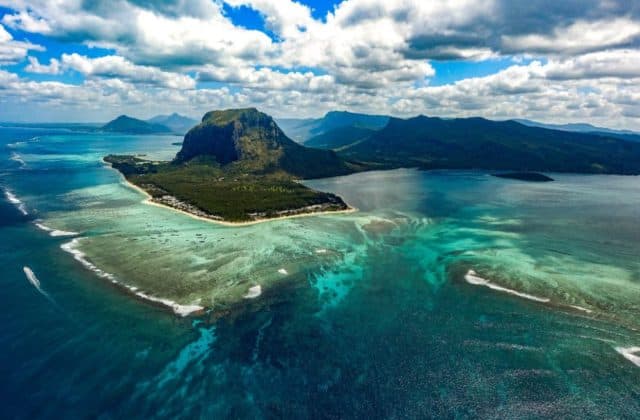Who leaves behind the agitation and the traffic of the capital and heads towards the south, does not imagine the natural setting that is about to unveil.
At 75km from Luanda, in the province of Bengo, and 700m after passing the bridge over the Kwanza River is the Quiçama National Park, one of the largest exhibits of Angolan fauna and flora.

The Park is surrounded by imposing landscapes between imbondeiros (baobab tree) and cacti of different shapes and sizes, presenting an extension of about 9,600Km2. It is recognized as one of the main sources of wealth of the region by the geographic location near the rivers Kwanza and Longa to the north, and the Atlantic Ocean, maintaining 120Km of coastal area.

The variety of vegetation changes as the journey begins in the interior of Quiçama, traversing areas of tropical forest, covered by mangroves and large trees hiding savannah scenery and numerous lakes that are drawn along the route. The sounds of the birds and the redundant nature preserve one of nature’s integral protection zones, where one of Quiçama’s best kept secrets lies.

Located about 40km from the gates that give access to the Park, the Kawa camp is a protected area known as the ” Quiçama Sanctuary”. Is in here that the magic and beauty of the landscape merge into a natural habitat for various species of animals including elephants, giraffes, zebras, monkeys, wildebeest and numerous species of birds.

Recognized in 1938 as a hunting reserve, it was later elevated to National Park in 1957 through the need to preserve the different ecosystems in the area.
Before the armed conflict, the park housed an extensive animal population, which included three thousand pacaças (African forest buffalo), 800 elephants and the giant sable antelope, an Angolan national symbol. However, after more than two decades of civil war, the rupture of several species dictated the abandonment of what for many years was the only national park in operation.


The new arrivals are especially elephants and giraffes, but also ostriches and olongos, gelengues and the Gunga, the largest of the African antelopes. These animals are now protected and monitored by park guards residing in the “Kawa Sanctuary” zone. The operation “Noah’s Ark” was considered the largest wildlife transport process in history.
The enormous variety of birds that tear the skies of Quiçama does not go unnoticed. The palm tree vulture, the eagle, the African osprey, and the King Fisher are some of the birds that cross the path.


In this sense, the Kissama Foundation is focused in the biodiversity of the species and to the essential role it plays in the balance of the environment, having developed conservation projects that allow the preservation of local fauna and flora.

The giant tortoises that spawn on the shores of the Quiçama coast and the African manatee are some of the animals covered by the Kissama Foundation conservation program, as well as the giant sable antelope, which has a special conservation area in the park.
© PARQUE NACIONAL DA QUIÇAMA

















